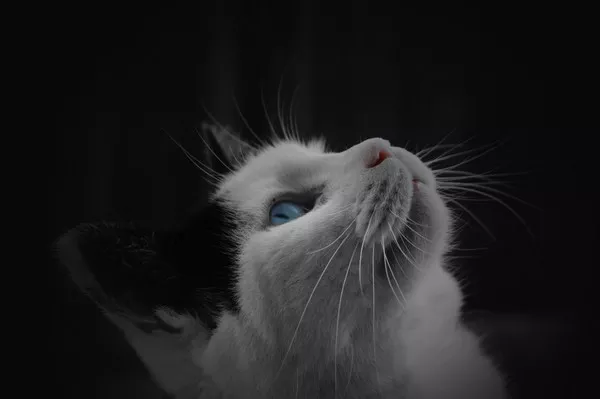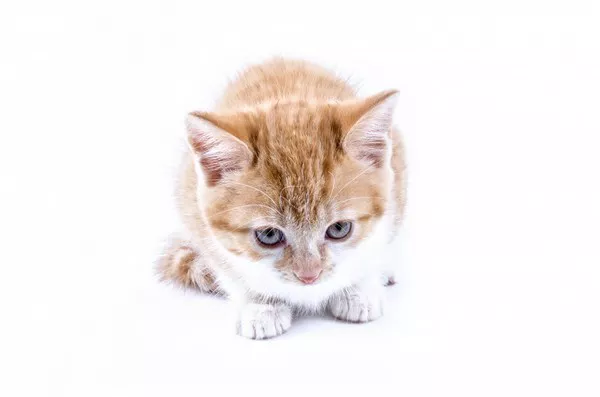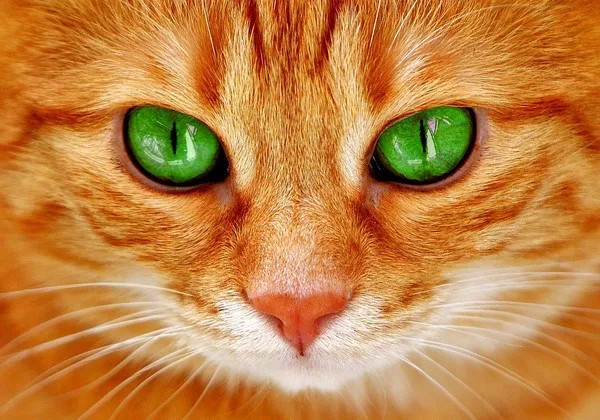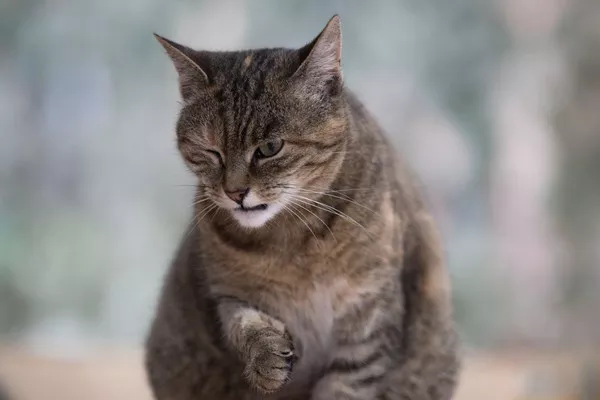As pet owners, we often observe changes in our cats’ behavior throughout the year, including variations in appetite. One common question that arises is whether indoor cats eat more during the winter months. While it’s tempting to attribute changes in eating habits to seasonal factors, such as colder weather or reduced daylight hours, the relationship between indoor cats and seasonal appetite fluctuations is complex and multifaceted.
In this comprehensive article, we will delve into the factors that may influence an indoor cat’s eating habits during the winter months. From physiological responses to environmental cues, we’ll explore the potential reasons behind any observed changes in appetite and provide insights to help pet owners understand and address their cats’ nutritional needs.
Understanding Indoor Cats’ Dietary Needs:
Before delving into the question of whether indoor cats eat more in the winter, it’s essential to understand their dietary requirements and feeding behaviors. Unlike their outdoor counterparts, indoor cats lead a more sedentary lifestyle and have limited opportunities for exercise and mental stimulation. Consequently, indoor cats may be prone to overeating and weight gain if their food intake is not carefully monitored.
Furthermore, indoor cats rely on their owners to provide them with balanced nutrition that meets their physiological needs. A diet rich in high-quality protein, essential fatty acids, vitamins, and minerals is crucial for supporting their overall health and well-being. However, excessive calorie consumption can lead to obesity and associated health problems, such as diabetes, arthritis, and heart disease.
Given these considerations, it’s essential for pet owners to establish healthy feeding habits and portion control measures to prevent overeating and maintain their cats’ optimal body condition.
Factors Influencing Seasonal Appetite Changes:
Several factors may contribute to changes in an indoor cat‘s appetite during the winter months. While individual cats may respond differently to seasonal variations, the following factors are commonly cited as potential influencers:
1. Temperature:
Cats are sensitive to changes in temperature and may adjust their food intake accordingly. In colder climates, cats may expend more energy to stay warm, leading to an increase in appetite to meet their increased caloric needs. Additionally, some cats may seek out warm, comforting foods during the winter months, such as canned or moist food, which can contribute to an apparent increase in appetite.
Conversely, indoor cats living in well-heated environments may not experience significant changes in appetite based on temperature alone. However, it’s essential to ensure that indoor temperatures are kept comfortable for cats, as extreme cold or heat can impact their appetite and overall well-being.
2. Daylight Hours:
The natural fluctuations in daylight hours throughout the year can also influence a cat’s feeding behavior. As the days shorten during the winter months, cats may experience changes in their circadian rhythms and hormonal balance, which can affect appetite regulation. Some cats may exhibit increased appetite during the darker winter months, while others may show no significant changes.
Exposure to natural light plays a crucial role in regulating cats’ biological clocks and can help maintain a consistent feeding schedule. Providing ample natural light indoors and ensuring regular exposure to daylight can help mitigate any disruptions to cats’ circadian rhythms and appetite patterns.
3. Seasonal Activities:
Indoor cats may engage in different activities during the winter months, which can impact their energy expenditure and appetite. For example, cats may be less inclined to explore outdoor spaces or engage in active play when temperatures are colder, leading to a decrease in overall energy expenditure.
Conversely, some cats may become more playful and active indoors as a means of stimulating themselves and warding off boredom during the winter months. Increased physical activity can lead to higher caloric requirements and may result in an apparent increase in appetite.
4. Behavioral Changes:
Changes in a cat’s behavior, such as increased sleeping or nesting behavior, can also influence their eating habits. Cats may seek out food as a form of comfort or security during periods of stress or anxiety, such as when the weather is inclement or when there are changes in their environment.
Additionally, some cats may exhibit “seasonal affective disorder” (SAD) symptoms, similar to humans, during the darker winter months. Cats affected by SAD may experience changes in mood and appetite, which can manifest as increased or decreased food intake.
Addressing Seasonal Changes in Indoor Cats’ Appetite:
While seasonal changes in appetite are not uncommon in indoor cats, it’s essential for pet owners to monitor their cats’ food intake and body condition year-round. Here are some tips for addressing seasonal changes in appetite and promoting healthy eating habits in indoor cats:
1. Monitor Food Intake:
Keep track of your cat’s food intake and body weight throughout the year to identify any significant changes or fluctuations. Maintain a consistent feeding schedule and portion sizes to prevent overeating and obesity. If you notice any sudden or unexplained changes in appetite, consult your veterinarian for guidance.
2. Provide Balanced Nutrition:
Ensure that your cat’s diet is nutritionally balanced and meets their specific dietary needs. Choose high-quality commercial cat food that is formulated to provide the appropriate levels of protein, fat, vitamins, and minerals. Avoid overindulging your cat with treats or table scraps, as these can contribute to excessive calorie consumption and weight gain.
3. Offer Enrichment Opportunities:
Provide your cat with plenty of opportunities for mental and physical stimulation, particularly during the winter months when outdoor activities may be limited. Invest in interactive toys, puzzle feeders, and climbing structures to keep your cat engaged and entertained indoors. Engaging in regular play sessions with your cat can also help burn off excess energy and prevent boredom-related overeating.
4. Maintain a Comfortable Environment:
Ensure that your home environment is kept at a comfortable temperature for your cat, particularly during the colder winter months. Provide cozy bedding, warm hiding spots, and access to sunny windowsills where your cat can bask in the sunlight. Creating a comfortable and inviting environment can help reduce stress and anxiety, which may impact your cat’s appetite and overall well-being.
5. Seek Veterinary Guidance:
If you have any concerns about your cat’s appetite or eating habits, don’t hesitate to consult your veterinarian for guidance. Your vet can help rule out any underlying medical conditions that may be contributing to changes in appetite and recommend appropriate dietary and lifestyle adjustments.
See Also: Can I Make Homemade Cat Food?
Conclusion:
Seasonal changes in appetite are not uncommon in indoor cats and may be influenced by various factors, including temperature, daylight hours, seasonal activities, and behavioral changes. While some cats may exhibit increased appetite during the winter months, others may show no significant changes or even a decrease in appetite.
As responsible pet owners, it’s essential to monitor our cats’ food intake and body condition year-round and make adjustments to their diet and lifestyle as needed. By providing balanced nutrition, plenty of enrichment opportunities, and a comfortable environment, we can help ensure that our indoor cats maintain healthy eating habits and overall well-being throughout the year.



























